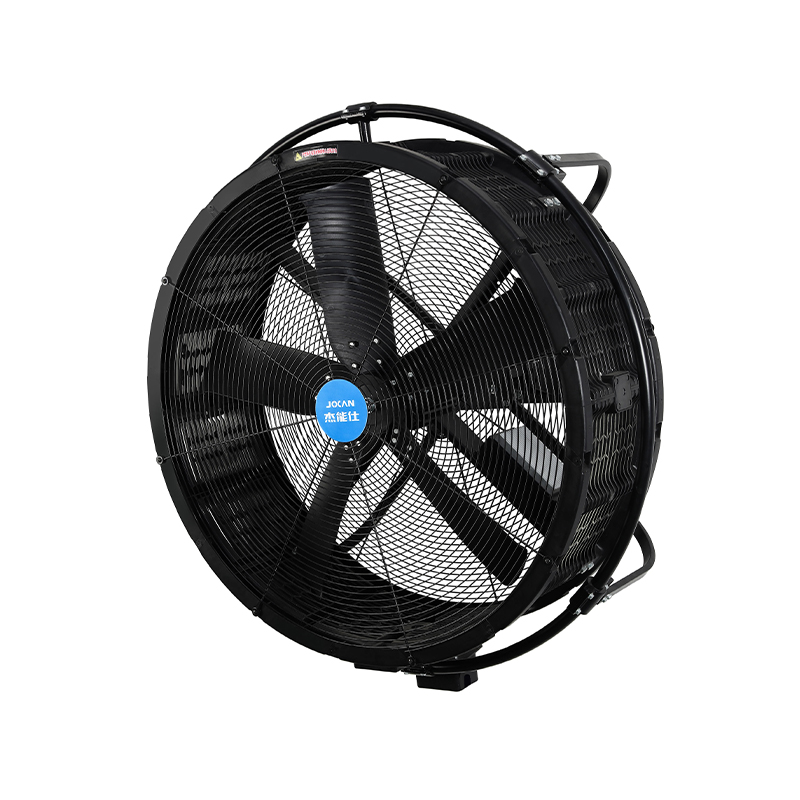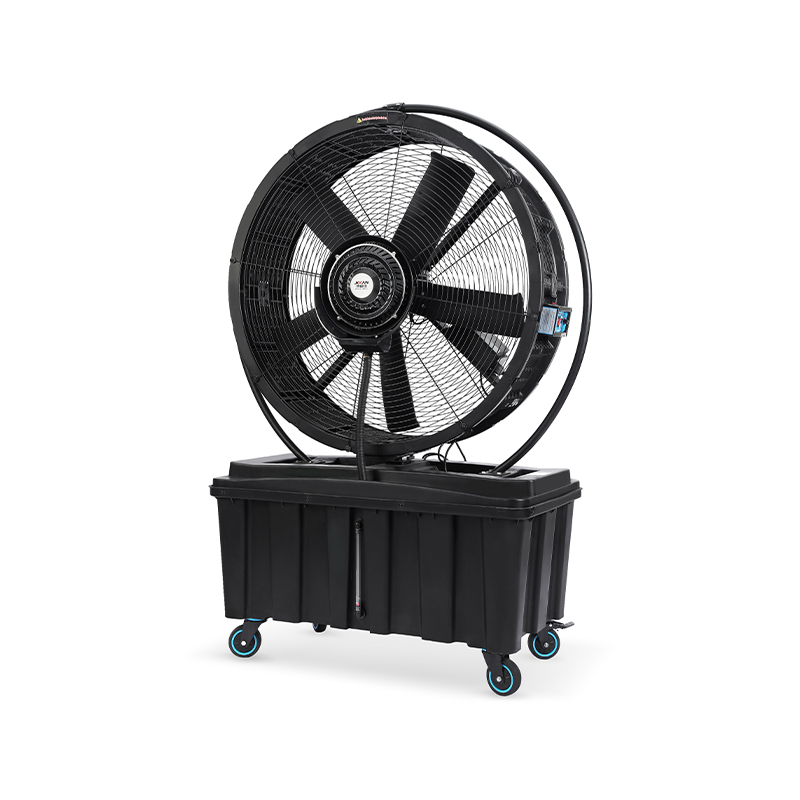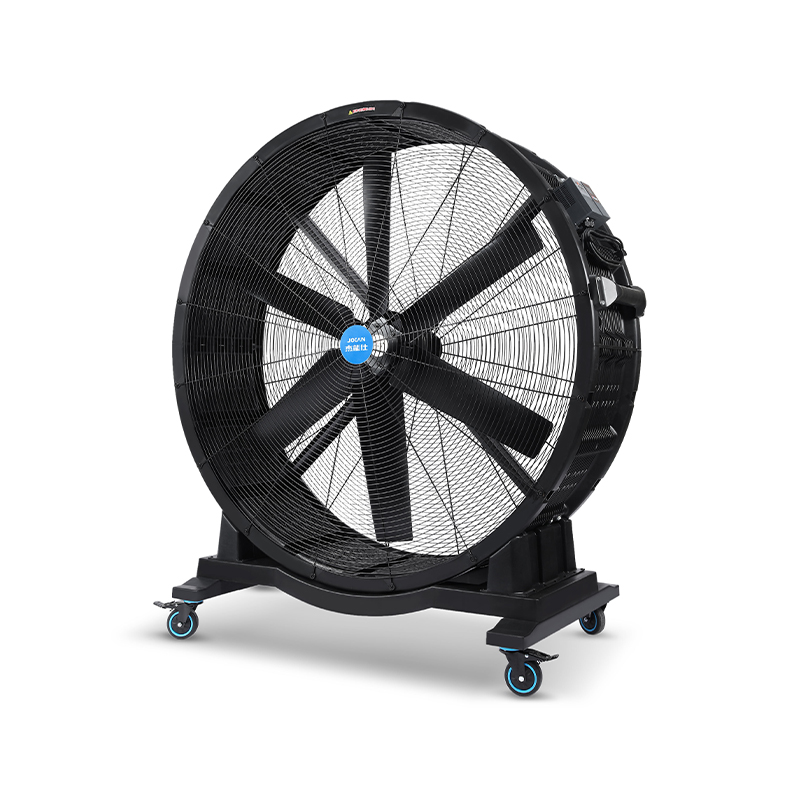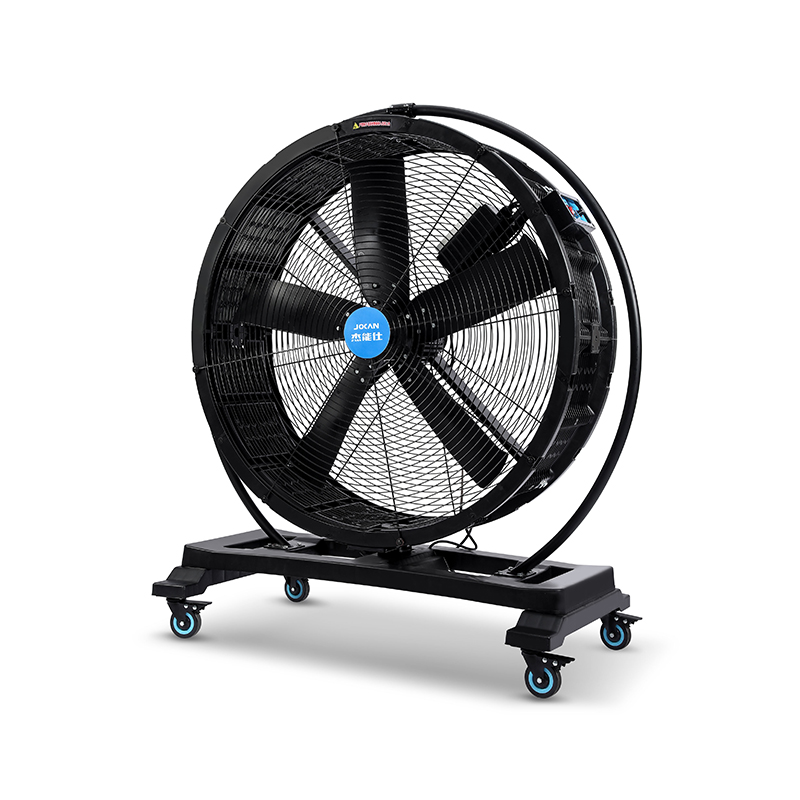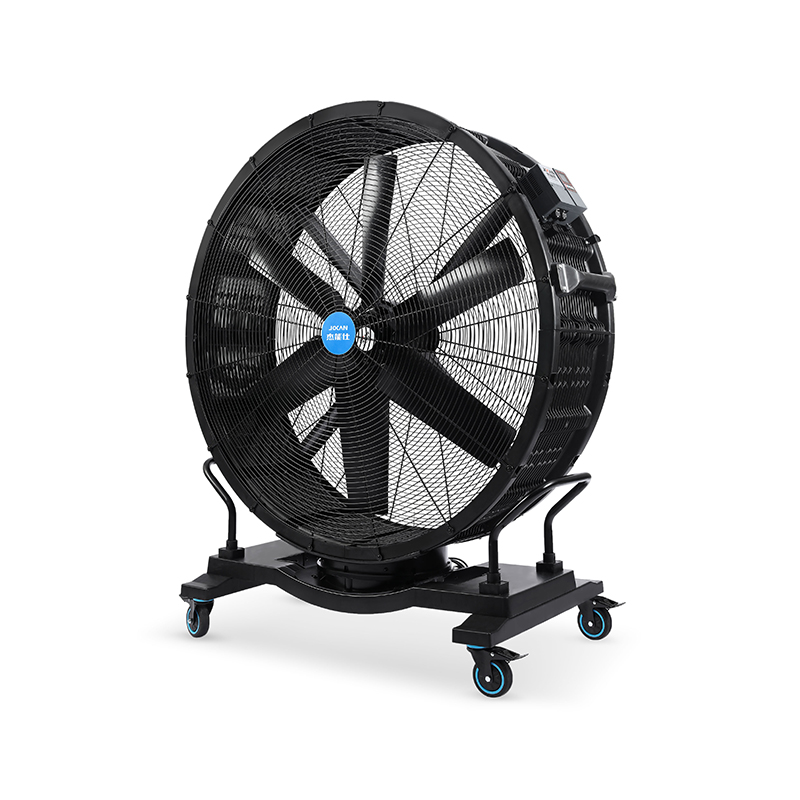Proper ventilation in warehouse environments is essential not only for protecting stored goods but also for improving working conditions. As warehouses continue to expand and operate year-round, the demand for effective airflow solutions is rising. Among the various approaches, custom fan systems have gained popularity due to their adaptability, durability, and efficiency. In particular, the use of energy efficient standing fans, standing silent fans, and quiet high power fans has become central to modern warehouse ventilation strategies.
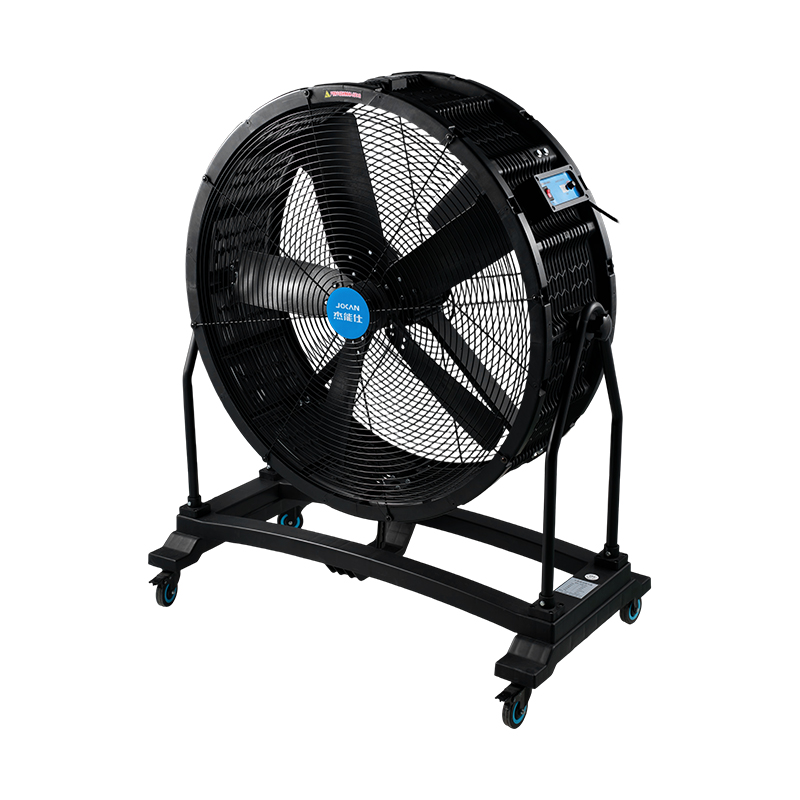
Unlike traditional ceiling-mounted systems that may struggle to reach ground-level air pockets, energy efficient standing fans offer flexibility in placement. This allows for targeted airflow in problem areas such as loading docks, storage corners, or assembly zones. Their mobility is particularly beneficial in warehouses that regularly change layouts or handle fluctuating inventory volumes. A well-positioned energy efficient standing fan can significantly reduce stagnant air zones while consuming less power over extended periods.
Noise level is another key factor when selecting fans for indoor industrial use. Operators and staff often spend long hours in these environments, and constant loud noise can be both distracting and unhealthy. This is where the standing silent fan shines. These fans are designed to operate with little sound without sacrificing performance. Warehouses looking to maintain a calm atmosphere—especially those that also serve as packing or labeling centers—find the standing silent fan a practical and user-friendly solution.
Temperature control is also a pressing concern, especially in metal-roofed warehouses that absorb and radiate heat. Traditional fans may circulate warm air without offering sufficient cooling power. The quiet high power fan addresses this by delivering strong airflow while still maintaining acceptable noise levels. The ability to move large volumes of air quietly helps manage both temperature and humidity without interfering with day-to-day operations. When placed strategically, a quiet high power fan can support HVAC systems and contribute to consistent internal climate control.
A combined system of energy efficient standing fans, standing silent fans, and quiet high power fans allows warehouse operators to create a tailored environment. For example, energy-saving fans can be used during cooler seasons or in sections of the warehouse that receive natural ventilation. Meanwhile, silent models can be placed near workstations, and high-power units can be deployed during peak heat hours or in large open areas. This layered approach provides flexibility while keeping energy costs manageable.
Additionally, maintenance and durability play a significant role in fan selection. Warehouses are often dusty, high-traffic environments where equipment must withstand frequent use. Many energy efficient standing fans are now designed with sealed motors and easy-to-clean housings, making them more suitable for such conditions. The same applies to standing silent fans, which often feature brushless motors that require less maintenance and generate less friction, contributing to their quiet operation and longer lifespan.
Worker comfort and safety are increasingly prioritized in warehouse planning. The low noise levels of the standing silent fan help reduce stress and fatigue among staff. On the other hand, the airflow coverage of the quiet high power fan contributes to better air circulation, lowering the concentration of airborne particles. This can advance to improved air quality and reduced health risks, particularly in warehouses storing chemicals, textiles, or paper products.
In the push for sustainable operations, many businesses now look for ways to reduce their environmental impact. Choosing an energy efficient standing fan over older high-consumption models is one small yet impactful step in that direction. These fans consume less electricity while delivering consistent airflow, making them a smart addition to any energy-conscious facility.
To meet the varied demands of warehouse operations, a mix of fan types proves to be both practical and efficient. Whether it's through an energy efficient standing fan conserving power, a standing silent fan enhancing staff comfort, or a quiet high power fan regulating temperatures in large open spaces, the key lies in customization and thoughtful placement. With the right fan strategy in place, warehouse managers can ensure healthier, safer, and more productive environments for everyone involved.
 Add: Plot 23, Huanglang Industrial Zone, Jinqing Town, Luqiao District, Taizhou City, Zhejiang Province
Add: Plot 23, Huanglang Industrial Zone, Jinqing Town, Luqiao District, Taizhou City, Zhejiang Province
 TEL: +86-13586083215
TEL: +86-13586083215

 English
English English
English عربى
عربى 한국어
한국어


